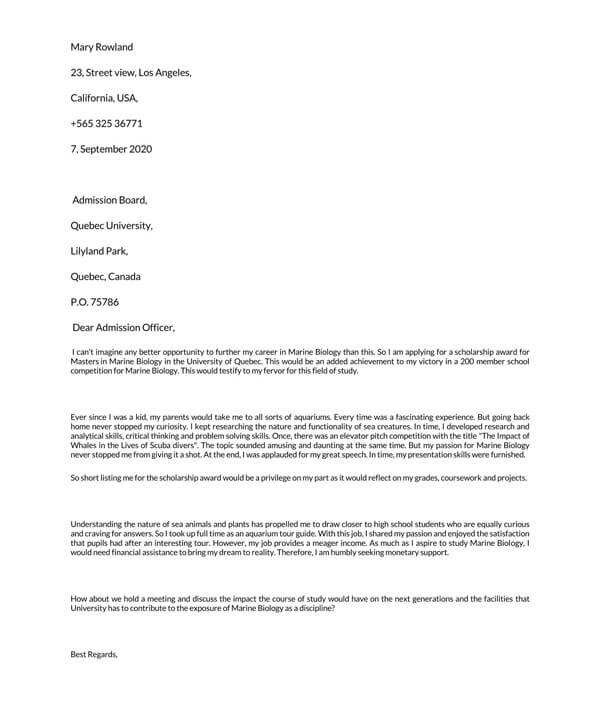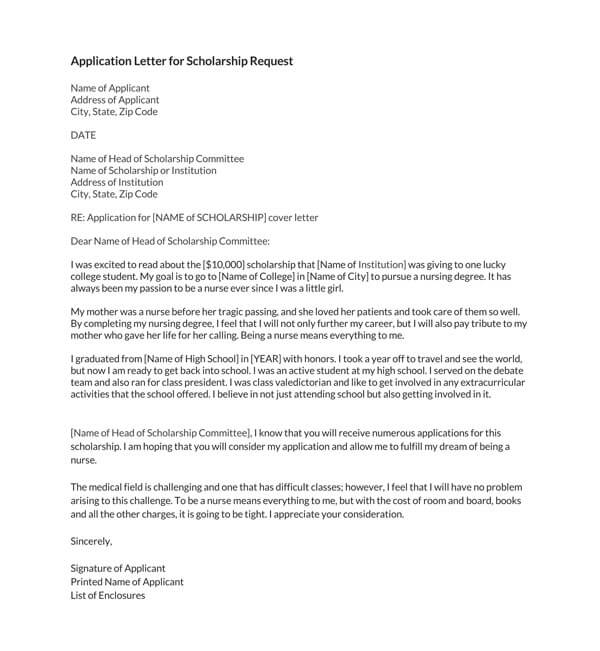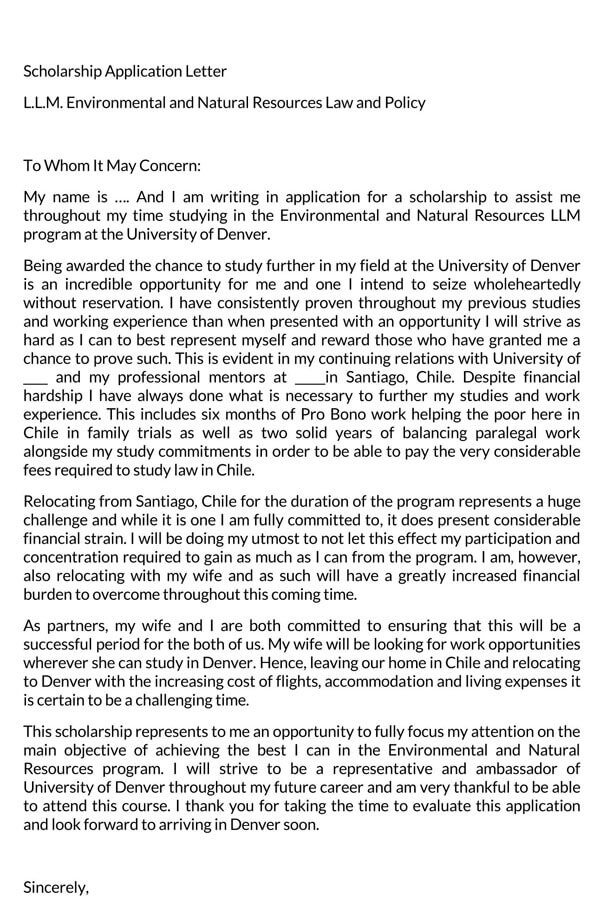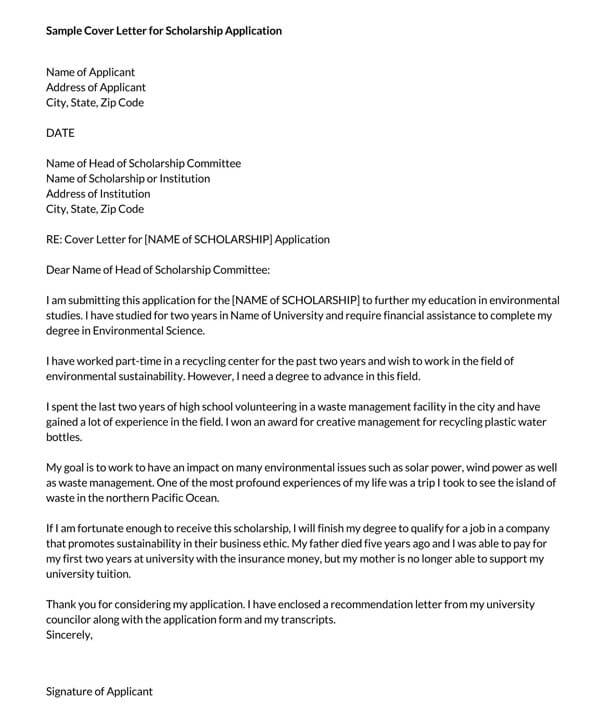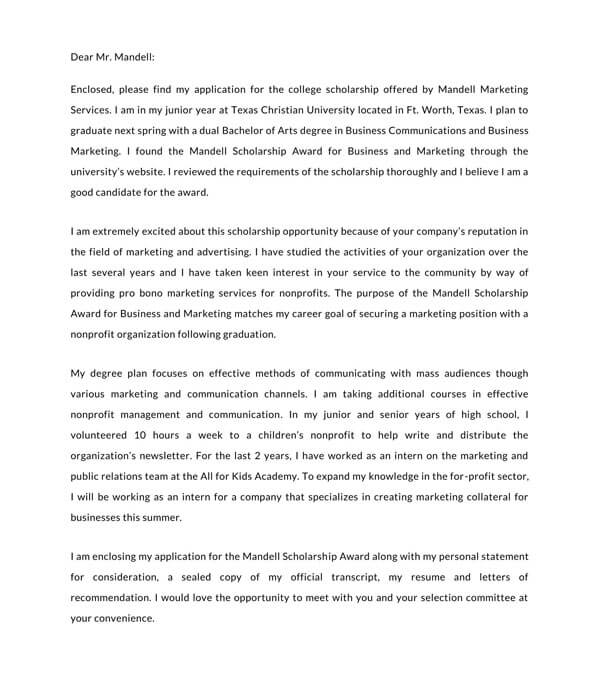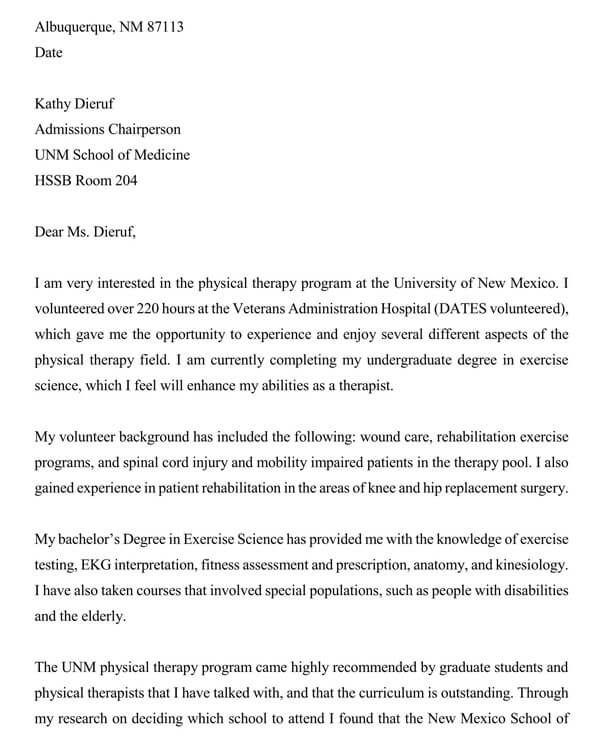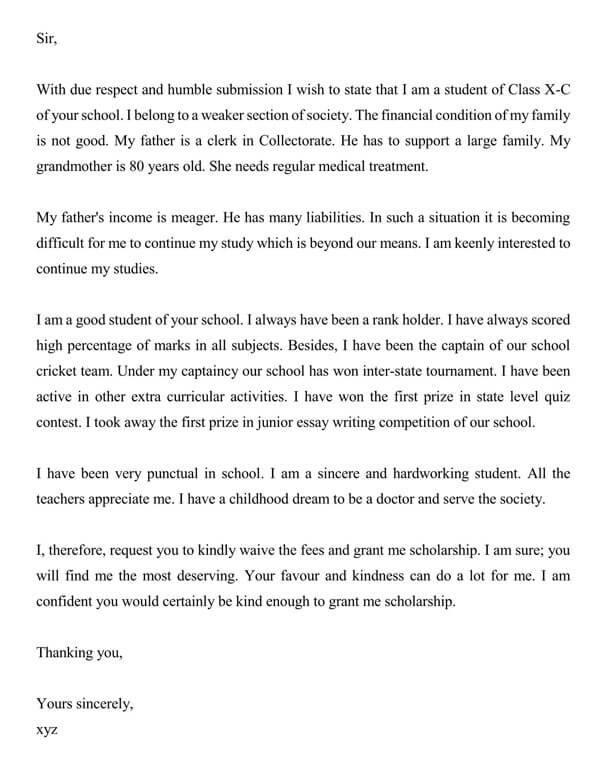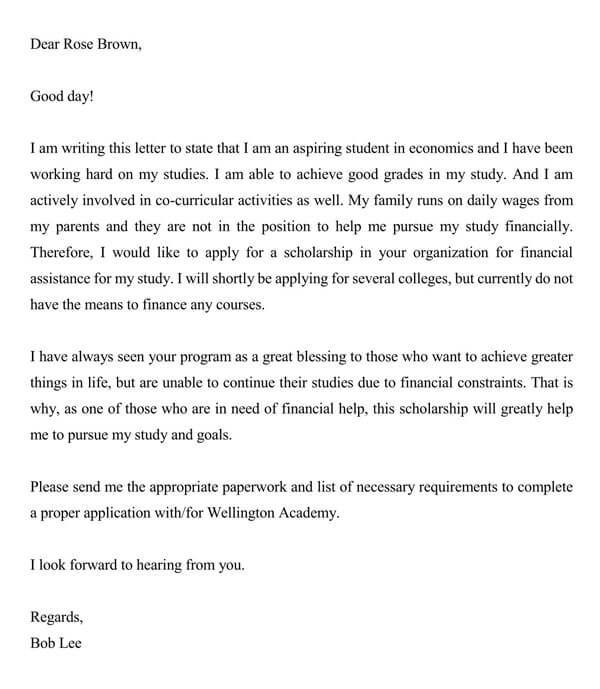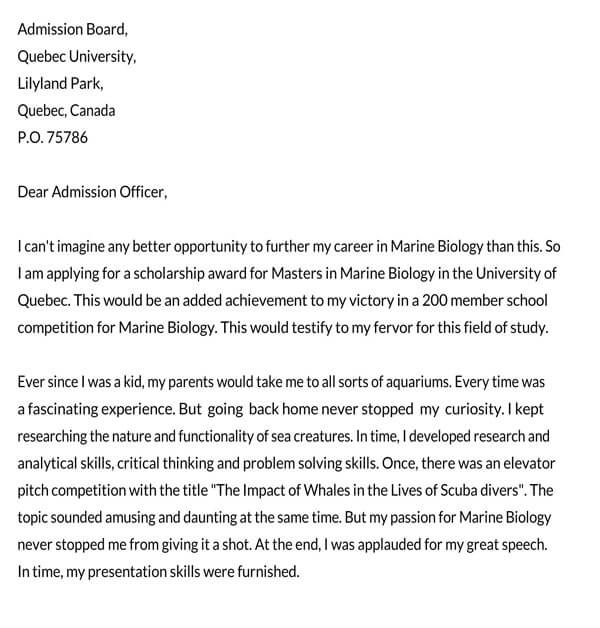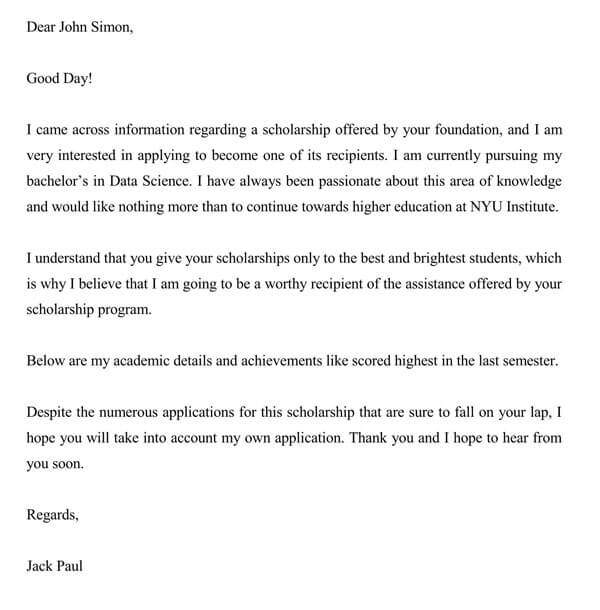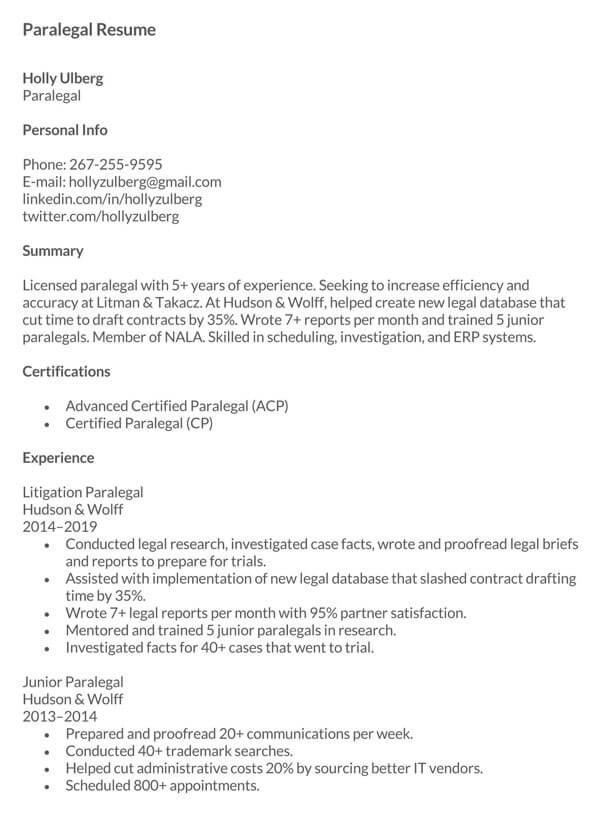Students sometimes face financial constraints challenges, making it hard for them to afford tuition fees as stipulated by their school of choice. Nevertheless, several colleges, universities, and organizations offer scholarships to eligible students to assist them financially. If you are unsure about how to write a strong Scholarship application letter, this article will be very useful to you. in this article, we have provided a step-by-step guide on how to write a killer scholarship application letter, several samples, and templates that are readily available for download for your reference.
What is a Scholarship Application Letter?
A scholarship cover letter is a useful document that allows applicants to express themselves and deliver details about their goals and abilities. The scholarship letter usually serves as a formal introduction to the scholarship committee in addition to identifying you as the prime candidate for the specific scholarship being offered and is accompanied by the sponsoring organization’s materials.
A candidate justifies himself/herself as an outstanding student in overall studies and extracurricular activities to increase their chances of getting the scholarship through a scholarship application letter.
Sections of a Scholarship Application Letter (Format)
A scholarship cover letter should have different sections and paragraphs, with each part serving a different role:
Introduction
Provide your contact information, e.g., full names, address, and telephone number. Briefly introduce yourself to the scholarship committee or individual and add a milestone achievement to draw their attention.
First Paragraph
Your introductory paragraph should focus on your educational and career goals. Discuss your interests and show passion in the chosen area of course work. Give the funding organization all the reasons to choose to invest in you and help further your education. In simpler terms, show your worth.
Second Paragraph
The second paragraph needs to focus on your strengths. If you have participated in any extracurricular activities or you have had your hands on any community work, include it in this paragraph. Any academic accolades and awards should also be listed in this section. The second paragraph is usually all about selling yourself and your capabilities to the decision-makers of a scholarship.
Third Paragraph
In this section, talk about why it should be considered for the application. Speak directly to the individual or organization that is handling out the money in a professional manner. However, refrain from acting desperate for money, but rather, desperate for education. It is not wrong to talk about books, food, housing, and other school costs.
You can add the fourth paragraph if there is much to talk about.
Call to action paragraph
This is the last paragraph of your letter. Close strongly by highlighting any talents or special skills you possess and letting the funding company or individual feel confident that the course work will be completed. Restate your educational and career goals, and include a call-to-action statement.
Length of your cover letter
The letter should be around 1-2 pages maximum. Use font 12 and double spacing to make it easy to read through.Proofread your letter for clerical errors to ensure it is perfect.
How to Write
Cover letters written for scholarships may break or increase your chances of getting the scholarship you badly need. These letters are not very different from job application letters, but the idea is to market your capabilities to the scholarship providers. Thus, as a student in need of a scholarship, you need to understand how to write a good cover letter to improve your personal goals. The following are some tips on how to write an appealing scholarship application cover letter.
Explain why you are a good match for the scholarship
A well-written scholarship cover letter is an opportunity for you to overview your main strengths from an educational and professional point of view, your career development goals and plans, why you would be suitable for this scholarship, and how it will benefit you if selected. Ensure that you cover all this information using specific examples where possible.
Use a formal tone, a clear structure, and check spellings
Use a formal tone to write your scholarship application cover letter and employ a clear, concise, structured flow. Make sure to check and correct any spelling and grammar mistakes. Try asking another person with an objective eye to proofread your cover before submitting it to ensure you did a successful one. This also allows you to minimize the risk of any grammatical or spelling errors and helps you remove any unclear, redundant, or irrelevant information.
Match your cover letter to the context
Certain situations of scholarship applications require you to attach a cover letter. During the same time, you might be applying for admission to a program or an institution, or you may be applying for a grant or scholarship to cover your tuition fees or any other costs related to a program you have already been accepted to.
If your scholarship letter is intended for the initial case, begin your letter with a formal address and greetings, then do a short paragraph explaining your academic skills, strengths, and achievements. Your second paragraph should explain why you need the scholarship to fund your studies. The third paragraph should describe how the given program, project, or course you are applying for will help you meet your goals and objectives and how you will contribute during your studies. Your closing should be polite and formal.
If you are applying for funding for a program you have already been admitted to, consider these few aspects.
- Use a formal address and greetings, then a brief paragraph emphasizing your academic skills.
- The second paragraph should emphasize your financial situation and the reasons prompting you to need the funding
- Your third paragraph should be about your interest in studying in that particular institution and how much value you will get from it,
- Conclude your cover letter strongly by highlighting your strengths, academic skills, and goals to ensure your success.
What “NOT” to Include in your Letter
- Avoid adding your weaknesses: Do not mention any of your weaknesses. Since many people will be sending in their applications every day, you don’t want to come off as the weaker applicant, thereby reducing your chances of landing the scholarship.
- Don’t use an informal tone. Always be professional when writing the letter. You don’t know who will be reviewing your application, so make sure that you stick to a formal tone.
- Never submit your cover letter before proofreading. After drafting your letter, make sure to go through it several times to ensure it is free of any errors and that every detail is well captured.
- Avoid adding unnecessary or untrue information: Since you are trying to sell yourself, don’t exaggerate too much. At times, honesty is the best policy. Don’t lie; be simple and straight forward in your writing.
- Do not hide your need for financial aid: Remember why you are writing the application. Do not be embarrassed to ask for help.
Scholarship Application Letter Templates & Samples
Whether you are writing a scholarship application letter to gain admission to a university or college, appeal for financial assistance, or apply for further postgraduate studies, you can download and use our Free and premium templates and quickly customize them to fit your specific needs and objective. Download our templates today and get started on your scholarship application.
What do Scholarship Committees Require from Applicants?
Generally, scholarship committees look for some or all the following qualities in an ideal applicant.
- Candidate’s motivation and seriousness in the chosen field of study
- A detailed description of the specific course work or area of study
- The creativity and originality of the letter
- Leadership skills of the candidate as well as their emotional stability
- An applicant’s ability to collaborate with others and the desire to excel.
Tips for a Strong Application Letter
Here are a few tips to help you write a strong scholarship application letter:
- Explain why you are the perfect candidate for the scholarship: remember that you are trying to convince the scholarship committee that you are the perfect candidate for the scholarship. Convince them why they should choose you.
- Use a formal tone when writing and ensure that your letter has a clear structure and is free of any grammatical errors
- Write a great cover letter to go with your application letter: After drafting your application letter, write a great cover letter to act as an introduction and an invitation to review your application.
Conclusion
Many students fall under the category of those who are eligible for a scholarship. They may have excellent academic transcripts, or a list of extracurricular activities to boast about or a list of talents and hobbies. Whether you have those things or not, scholarship committees look for something else. That is students who have overcome challenges and major struggles, students who are leaders in their community, and those who have hobbies. It is a great idea to submit a scholarship application letter as it is your opportunity to think about how you can make yourself stand out from the other applicants and be selected for that scholarship sponsorship.
